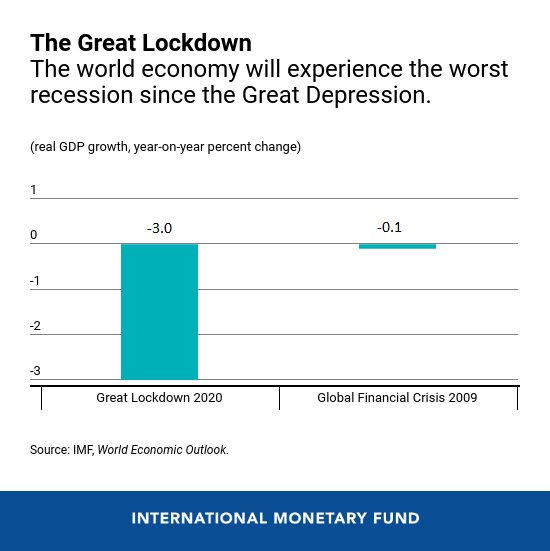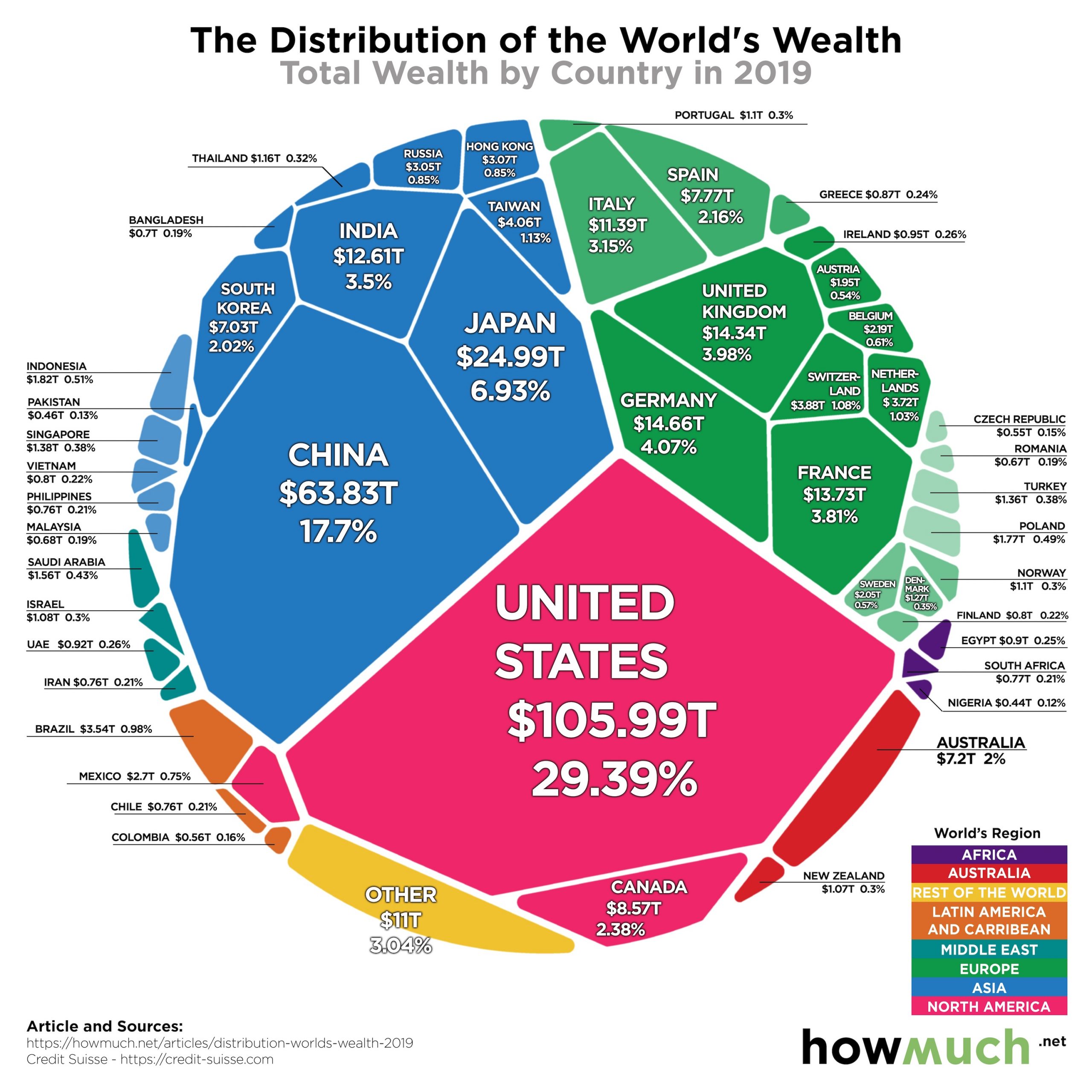With COVID-19 capsizing the global economy, GDP is expected to dive into a deep plunge.
The global gross domestic product (GDP) is expected to fall by three percentage points by the end of 2020 according to the projections of the International Monetary Fund (IMF) for the April 2020 release of the World Economic Outlook.
This will effectively nullify the 2.9% growth in GDP that was recorded in the end of the previous year.
According to the IMF, the pandemic crisis — which they dubbed as ‘The Great Lockdown’ — will be the worst recession event since the Great Recession.
From our partners:
Moreover, the Great Lockdown will be a much more severe recession than the 2008-09 global financial crisis. The latter recorded a 0.1 percentage-point decrease in real GDP growth by the end of 2009.
With the entire world virtually in a complete halt in terms of economic activity, to observe such a great decline comes as no surprise.
Baseline
If by the second half of 2020 the pandemic fades out, IMF projects that the global GDP will rebound by as early as 2021. Under this assumption, the projected growth by the end of 2021 can be as high as 5.8 percentage points.
They noted, however, that while recovery might begin by 2021, this is merely a partial one at best. From 2020 to 2021, they estimated the loss to the global GDP resulting from the COVID-19 pandemic to reach a colossal US$ 9 trillion.
This unprecedented magnitude of GDP loss can be attributed to how the pandemic crisis is truly global — in a sense that both advanced and developing countries are affected. By the end of 2020, the IMF projects the GDP loss of advanced economies to reach 6.1%. Meanwhile, developing economies have a forecasted GDP loss of 1 percentage point by the end of 2020.
Uncertainty
It should be noted that all of these projections are made with the assumption that the pandemic will pan out by the second half of 2020. This means that these figures can potentially become worse than they already are.
For instance, if the pandemic were to last longer, closer to the end of 2020, the decline in GDP can reach as high as six percentage points.
Worse, if the pandemic extends into 2021, the loss in the baseline assumption will be worsened by an additional eight percentage-point loss by next year.
The worst outcome would occur if a prolonged pandemic were to combine with a coronavirus resurgence in 2021. While the IMF hasn’t made a projection for this particular event, one can imagine how much of an economic disaster this would be.
To protect the people will involve providing them not only with healthcare but also with economic assistance. With this, while we are trying our best to contain this pandemic, we should also begin laying down the plan towards economic recovery.
Saving lives is essential and non-negotiable but the same thing could be said for saving livelihoods. Now more than ever do we need governments to step in and lend their nations unprecedented levels of support.















